How to Grow Basil In Paperpots (Paper Chain Pots)
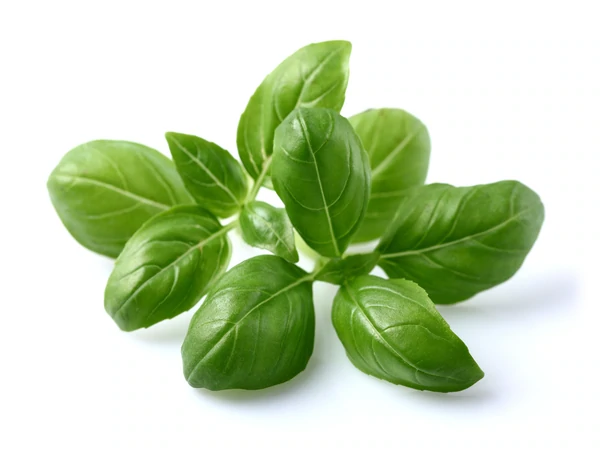
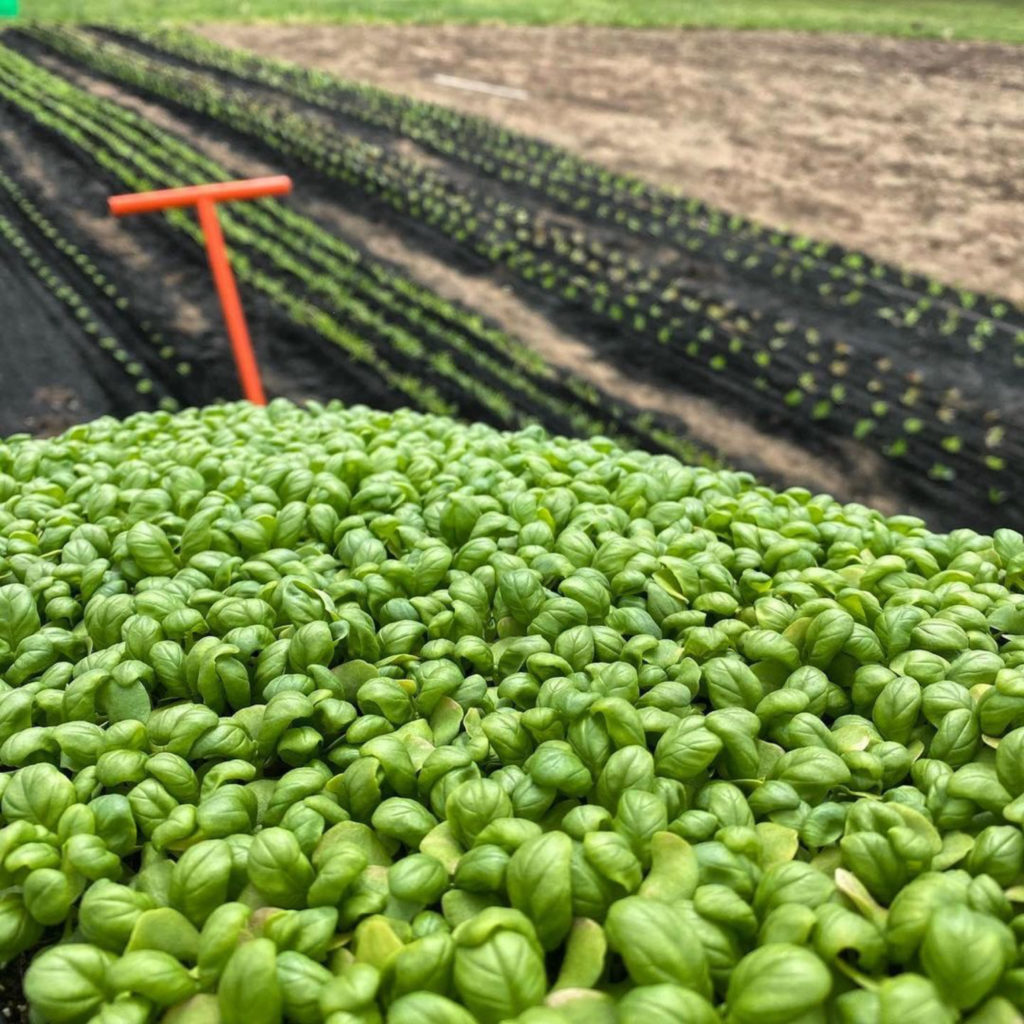
Growing Basil in Paperpots

Better germination!

No hand transplanting!

Less transplant shock!
Growing Basil in paper chain pots will not only save you time and labor when transplanting, it will also save your back!
Basil is a high value crop for market farmers.
Being a tropical plant, Basil thrives at warmer temperatures and will do best to be started in a climate controlled nursery and transplanted into the field when temperatures are warm enough.
But transplanting Basil (the traditional way) is both time and labor-intensive.
The Paperpot Transplanter solves this problem.
It allows you to germinate Basil in a controlled environment then quickly and easily transplant it into the field 30 days later.
All without bending over and less transplant shock!
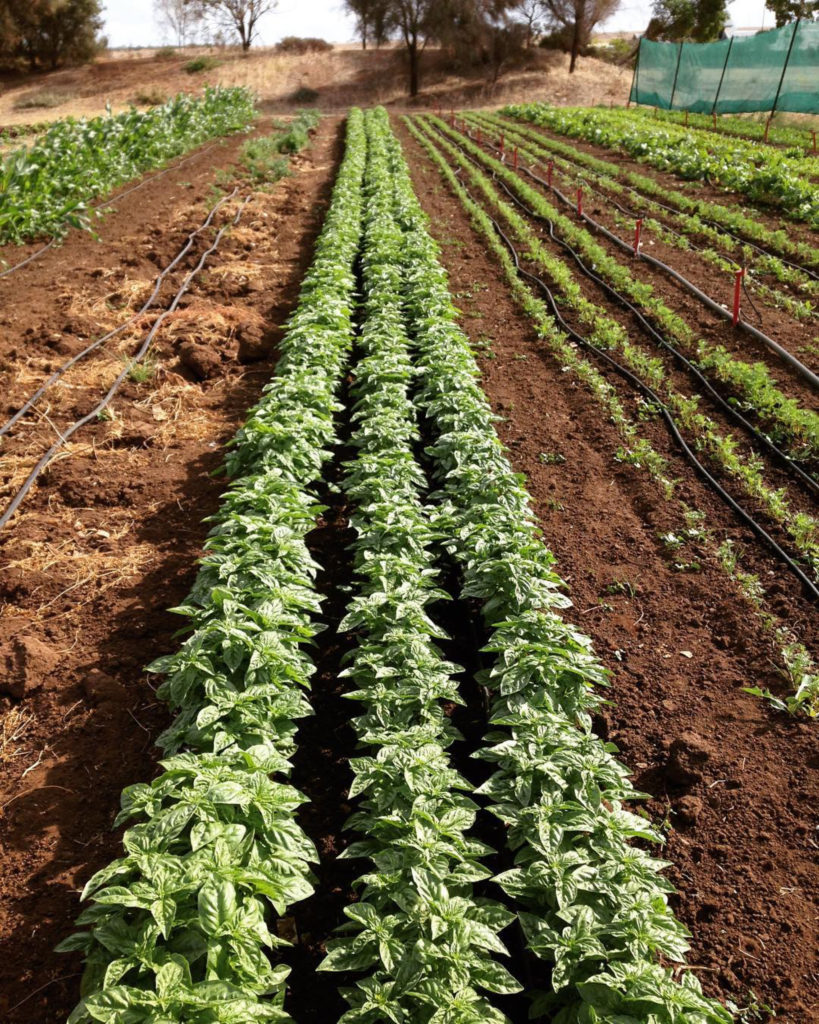

The Specifications for Paperpot Basil
| PAPER CHAIN POT | 6" |
| ROWS PER 100’ X 30” BED | 3 |
| TRAYS PER 100’ X 30” BED | 2.2 |
| KWIK KLIK™ TOP PLATE | Plate: Paperpot (264 holes) / Thickness: 3mm / Hole Diameter: 4mm |
| SEEDS PER CELL | 1 (pelleted) |
| SEED PER 100’ X 30’ BED | 570 seeds (+/-) *Always round up when placing seed orders to ensure having enough |
| RECOMMENDED CULTIVARS | Genovese, Everleaf |
| GERMINATION | 4-10 days at 77-86°F |
| DAYS TO TRANSPLANT | 30 days (+/-) *time from seeding to transplanting in the field |
| DAYS TO MATURITY | 70 days (+/-) *time from seeding to being ready for harvest |
| HARVEST WINDOW | 49 days (+/-) *time crop is at ideal stage for harvest after reaching maturity |
| TOTAL DAYS IN FIELD | 89 days (+/-) *DTM + harvest window - days to transplant |
| HARVEST UNIT | 50g bags (6-8” cuttings from top 1/3 of plant in unsealed plastic bags) |
| TARGET CROP YIELD | 400 bags (+/-) |
| PRICE PER UNIT | $3 *depending on local market pricing |
| REVENUE PER BED | $1200 *depending on local market pricing |
| SEEDING | Kwik Klik™ Drop Seeder, Paperpot Germination Trays, Paper Chain Pots |
| TRANSPLANTING | Paperpot Transplanter |
| TILTHING | Power Harrow or Precision Depth Roller (With no tractor: Tither) |
| AERATION | Meadow Creature Broadfork |
| SHAPING | Bed Preparation Rake |
| WEED CONTROL | Flame Weeder |
| CULTIVATION | Flex Tine Weeder or Collinear Hoe |

Suggested Tools for Paperpot Basil
Bed Preparation for Paperpot Transplanting

- Broadfork the bed to aerate and loosen the soil.
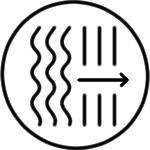
- Smooth and shape the bed with a bed preparation rake, removing any debris.

- Basil will do well in beds freshly amended with fertilizer.
- Here are two options:
- 1) Layer on 1” of compost, enough to mostly cover the native soil.
- 2) Sprinkle on a combination of alfalfa meal and pelleted chicken manure.
- If layering compost, do not tilth in hopes of smothering any surface weed seed.
- If adding amendments, tilth the top 1-2” of soil to mix in amendments.
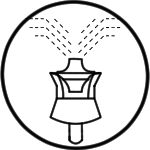
- Irrigate for 10-14 days*, allowing any weed seed in the top layer of soil to germinate.

- Flame weed the bed when the cotyledons of the weed seeds have emerged.
Planting Basil in Paperpots

Seeding Basil in Paperpots
Prepare trays with 6” paper chain pots, and fill with potting mix.
Install Paperpot bottom plate and specified top plate into Kwik Klik™ (KK) Drop Seeder.
Pour seed onto the top plate and rotate until one seed fills each hole.
Position the KK Drop Seeder over the tray, ensuring the holes are lined up with the cells, and click to drop the seeds.
Water the trays, then place in a the germination chamber for 4-10 days at 77-86°.
Transfer the trays to greenhouse tables immediately after germination.
Thoroughly water the trays before heading to the field for transplanting.
Using the Paperpot Transplanter, plant the three rows of Basil.
There should be 10” between rows, and 5” from the outer rows to the edge of the bed.
Reference https://paperpot.co/learn/ for instructional videos if needed.
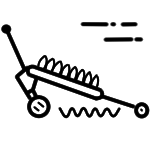
Transplanting Basil with the Paperpot Transplanter
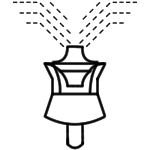
Irrigation
Water the beds thoroughly with four rows of drip. Overhead irrigation may cause mildew on Basil.
Frequent shallow waterings will support rapid growth.
10-14 days after transplanting, cultivate using the Flex Tine Weeder (repeat again after 7 days).
A collinear hoe or a wheel hoe with a bio-disc cultivator are also effective tools for cultivating for Basil.
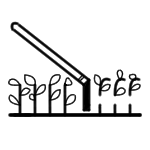
Cultivation (Weeding)

Harvesting Basil
Basil is ready for harvest when the plant is 6-12” tall with at least 3 nodes
Harvest by straddling the bed, and cutting or pinching the fresh growth from the top 1/3 of the plant. Leave the lower portion of the plant intact to photosynthesize and continue to produce.
For longer harvests, provide shade over the harvest totes to prevent basil wilting in the heat.
Basil is not washed, and must be harvested when dry.
Basil can be packaged in plastic bags at 50 grams per bag.
Leave bags open so excess moisture is not trapped, which blackens the leaves.
Brown paper grocery bags work well for bulk orders to restaurants. Paper bags can be sealed.
Basil stays freshest at 41-56°. Lower temps lead to blackening of leaves.
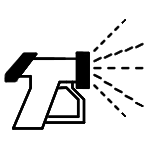
Washing and Packing
Overall Paper Chain Pots are a great way to increase efficiency for growing Basil.
Time savings, ease of transplanting, and high germination rates are some of the reasons why growing Basil in paper chain pots makes so much sense.
Get started growing Basil on your farm using a Paperpot Transplanter and download the Growers Notes below.
INTERESTED IN PURCHASING A PAPERPOT TRANSPLANTER?
If you have any questions, please reach out hello@paperpot.co or 877.850.1555.
